The hunt for Osama bin Laden
After the Sept. 11 attacks, President Bush vowed to catch Osama bin Laden “dead or alive.” Since then, hundreds of other al Qaida leaders have been killed or captured. Why is bin Laden still on the loose?
Where is bin Laden?
Intelligence officials don’t really know. Their best guess is that he’s somewhere near the 1,520-mile border separating Afghanistan and Pakistan. This remote, sparsely inhabited region—crisscrossed by the Hindu Kush mountain range—is an alien landscape with rock-strewn, steep-walled valleys, honeycombed with caves and peaks as high as 26,000 feet. The hunt right now is focused on South Waziristan, part of Pakistan’s lawless tribal belt. Pakistani military officials believe hundreds of al Qaida fighters, including Chechens, Arabs, and Afghans, escaped into the region during the war in Afghanistan. This, they believe, is the most likely place for bin Laden to make his last stand.
Why hasn’t he been spotted?
The Week
Escape your echo chamber. Get the facts behind the news, plus analysis from multiple perspectives.

Sign up for The Week's Free Newsletters
From our morning news briefing to a weekly Good News Newsletter, get the best of The Week delivered directly to your inbox.
From our morning news briefing to a weekly Good News Newsletter, get the best of The Week delivered directly to your inbox.
Waziristan is about the size of Connecticut. Finding a single man, or a small band of men, in such vast, rugged terrain is no simple matter. It’s likely that bin Laden travels at night, on mules or in trucks, to avoid being spotted from the air by American spy drones and satellites. He has shed his Arab bodyguards, according to intelligence reports, and replaced them with Pashtun tribesmen who know every ravine and goat path. He’s probably also getting help from the local population. The Wazirs answer to no government, and as strict Muslims are sympathetic to bin Laden’s anti-Western views. Intelligence experts suspect that bin Laden may be spending at least some of his time hiding in the Wazirs’ many closed villages, where family groups of 100 or so Pashtuns live behind 20-foot mud walls. “Osama, if he’s there, would be there as a guest,” says Akbar Ahmed, a former Waziristan official. “The code of the people there is that if a guest is living there, they will protect him with their lives.”
So what’s the strategy for finding him?
In the past six months, the U.S. has been using a plan called the “hammer and anvil” to force bin Laden out into the open. The Pakistani army has sent 70,000 soldiers into South Waziristan—including the 88th Brigade, an elite, mountain-trained strike force—to chase remnants of al Qaida and Afghanistan’s fallen Taliban regime out of Pakistan and back into Afghanistan. On the other side of the border, a task force of U.S. special forces commandos, divided into small teams of a dozen or so men, has set up a web of camps deep in the mountains along the frontier. They have been constructing schools and clinics, and trying to build relationships with the Wazirs, in the hope that someone will tip them off if bin Laden passes through.
Is this strategy working?
A free daily email with the biggest news stories of the day – and the best features from TheWeek.com
Not so far. Pakistan has recently made several arrests of high-ranking al Qaida operatives, but they were not hiding in Waziristan. In March, the Pakistani government did think it had pinned down a top-ranking al Qaida leader—either bin Laden or his second in command, Ayman al-Zawahiri—near Wana, South Waziristan’s main town. In a fierce firefight, local tribesmen and foreign fighters killed 46 Pakistani soldiers, including eight who were captured and executed at point-blank range. But when the shooting stopped, no al Qaida leader was found. Inside one mud-walled residential compound with fortified fighting positions, soldiers found the entrance to an escape tunnel one mile long. Intelligence officials believe al Qaida sympathizers in the Inter-Services Intelligence, Pakistan’s intelligence service, and in the Pakistani army have warned bin Laden’s men whenever a raid is coming.
What about electronic surveillance?
Bin Laden has stopped using satellite phones, cell phones, and radios, making him invisible to the vast U.S. electronic surveillance network. Two audiotapes attributed to bin Laden have surfaced this year, the last one in April, indicating he is almost certainly still alive. But there has not been a confirmed sighting of the most wanted fugitive in the world since December 2001.
Where was that?
In the caves of Tora Bora, a former al Qaida redoubt in the Spin Ghar mountains of eastern Afghanistan. As the Taliban regime fell, bin Laden and a few hundred of his fighters were holed up at Tora Bora, under constant bombardment from U.S. warplanes, according to interrogations of captured fighters and intercepted radio communications. Bin Laden urged his men to fight on. “The end of the United States is imminent,” he reportedly said. Then, accompanied by four loyalists, bin Laden walked into the pine forest, in the direction of the Pakistan border, pulling off what the London Independent called “one of the most remarkable disappearing acts in history.”
Is the U.S. sure he’s in Pakistan?
Not entirely. Two years ago, a captured al Qaida operative who claimed to have been bin Laden’s cook said he had escaped through Iran to Chechnya long ago. The U.S. Navy has kept an eye out for two dozen ships linked to al Qaida that could be used to shuttle him across the Persian Gulf to Africa. Wherever he goes, says Steven Simon, co-author of The Age of Sacred Terror, it is bound to be a place where anti-U.S. sentiment is strong, and where he would be surrounded by supporters unlikely to betray him to collect the $25 million price on his head. Searching for bin Laden, Simon says, is like “looking for a needle in a haystack, where the haystack hates the people poking around in it.”
Still in charge
The Washington Times.
-
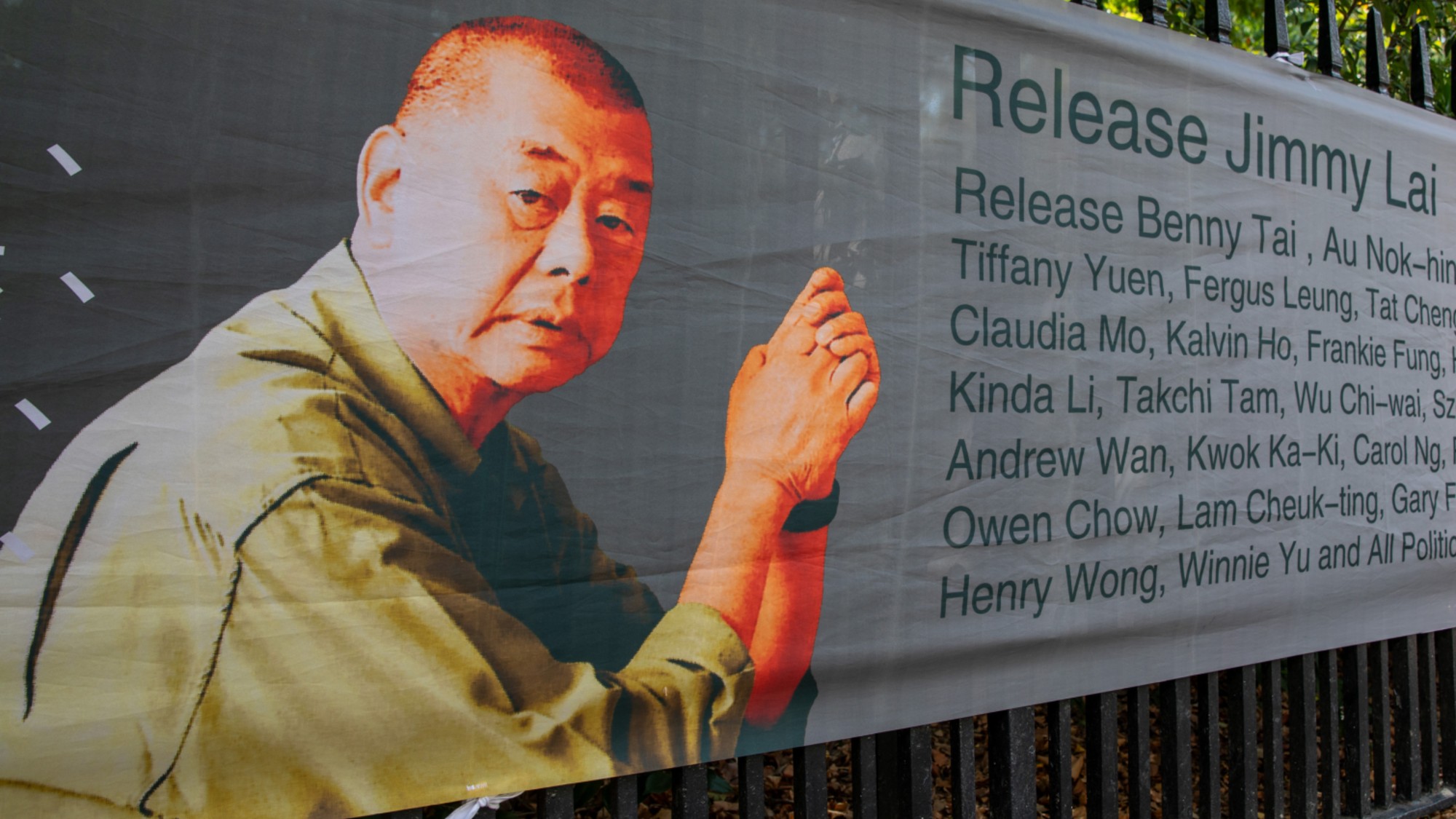 Quiz of The Week: 13 – 19 December
Quiz of The Week: 13 – 19 DecemberQuiz Have you been paying attention to The Week’s news?
-
 What’s causing the non-fiction slump?
What’s causing the non-fiction slump?In the Spotlight Readers are turning to crime fiction, romantasy and self help books as a form of escapism
-
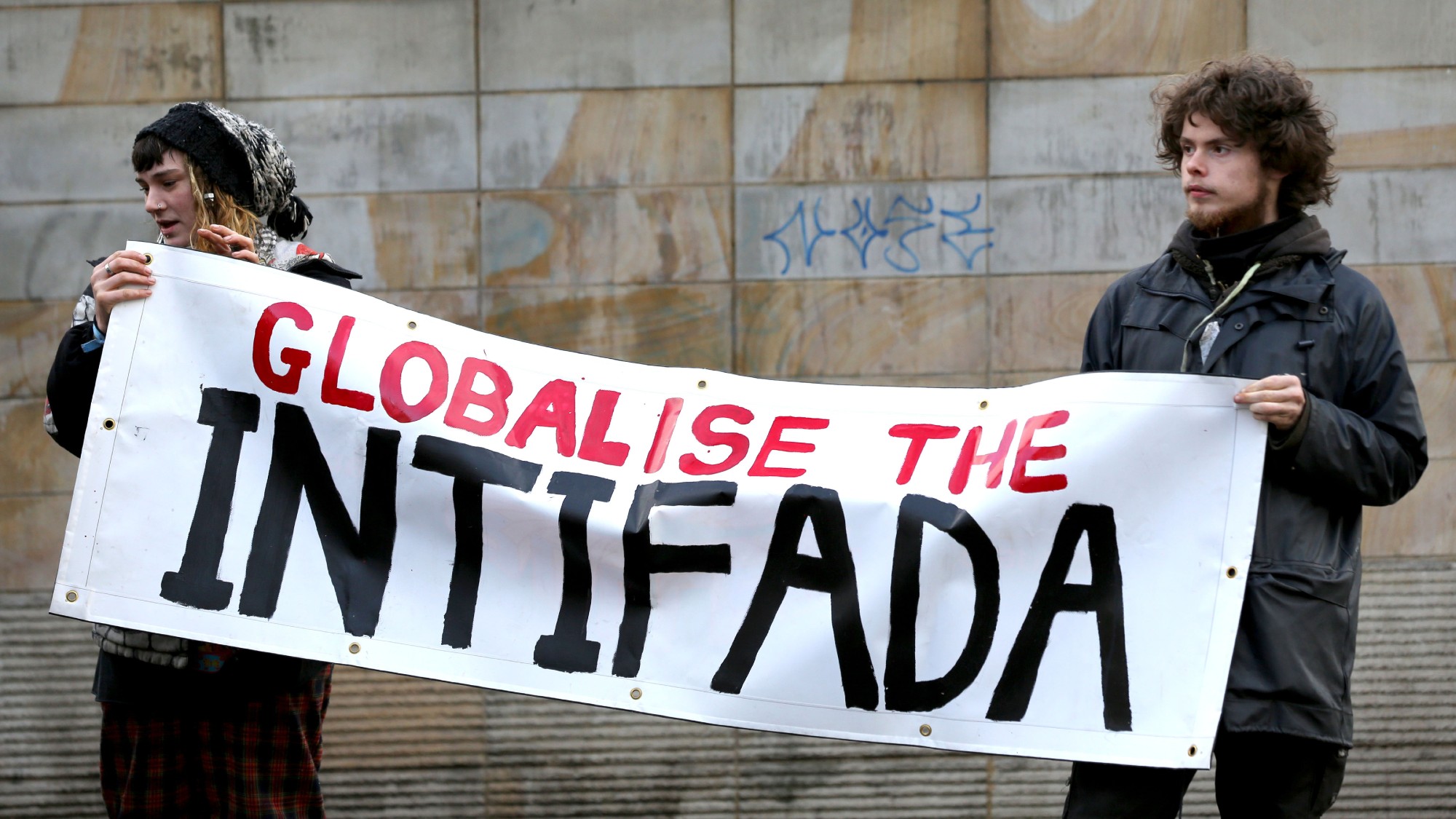 What is the global intifada?
What is the global intifada?The Explainer Police have arrested two people over controversial ‘globalise the intifada’ chants
-
 Has Zohran Mamdani shown the Democrats how to win again?
Has Zohran Mamdani shown the Democrats how to win again?Today’s Big Question New York City mayoral election touted as victory for left-wing populists but moderate centrist wins elsewhere present more complex path for Democratic Party
-
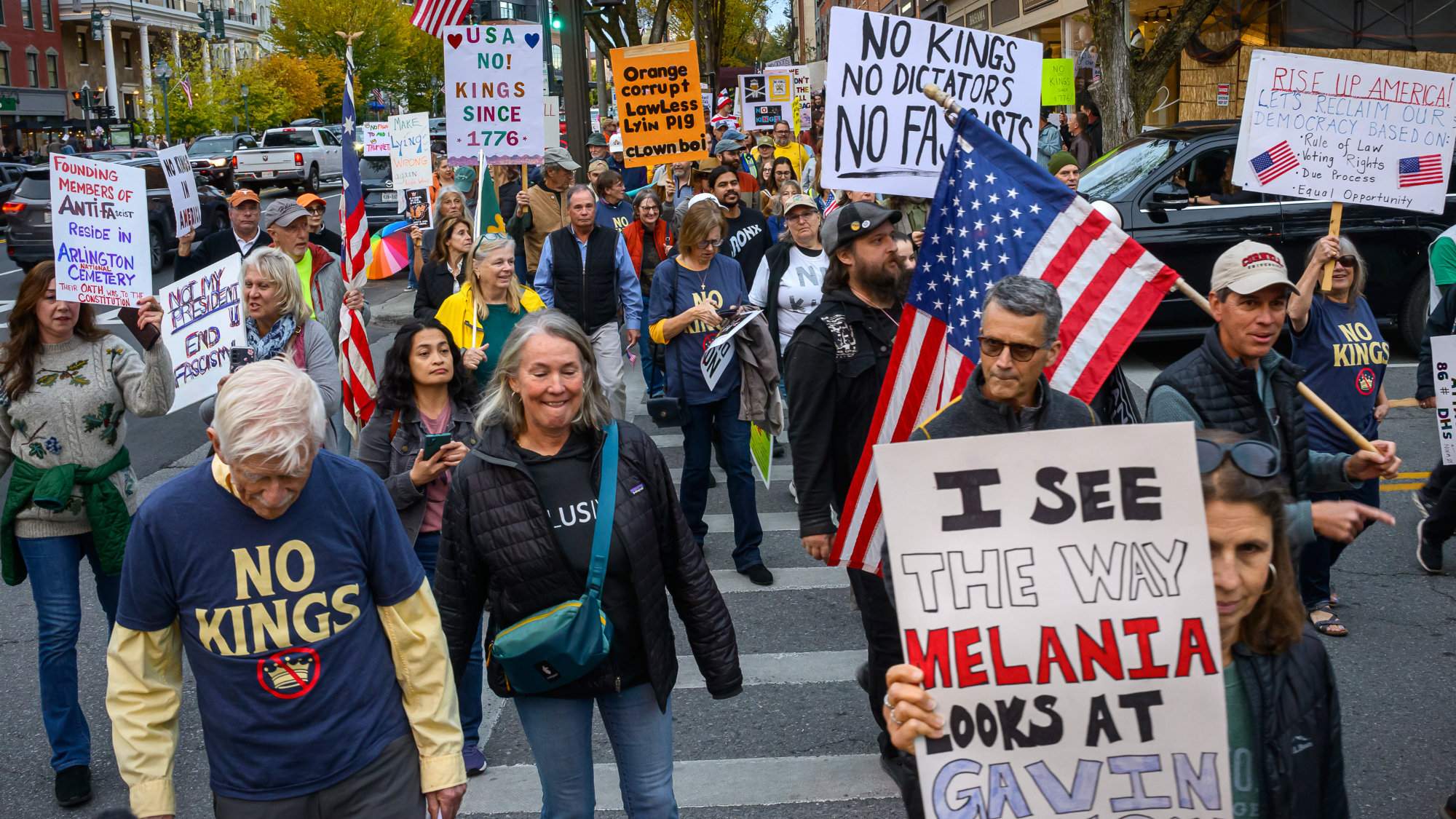 Millions turn out for anti-Trump ‘No Kings’ rallies
Millions turn out for anti-Trump ‘No Kings’ ralliesSpeed Read An estimated 7 million people participated, 2 million more than at the first ‘No Kings’ protest in June
-
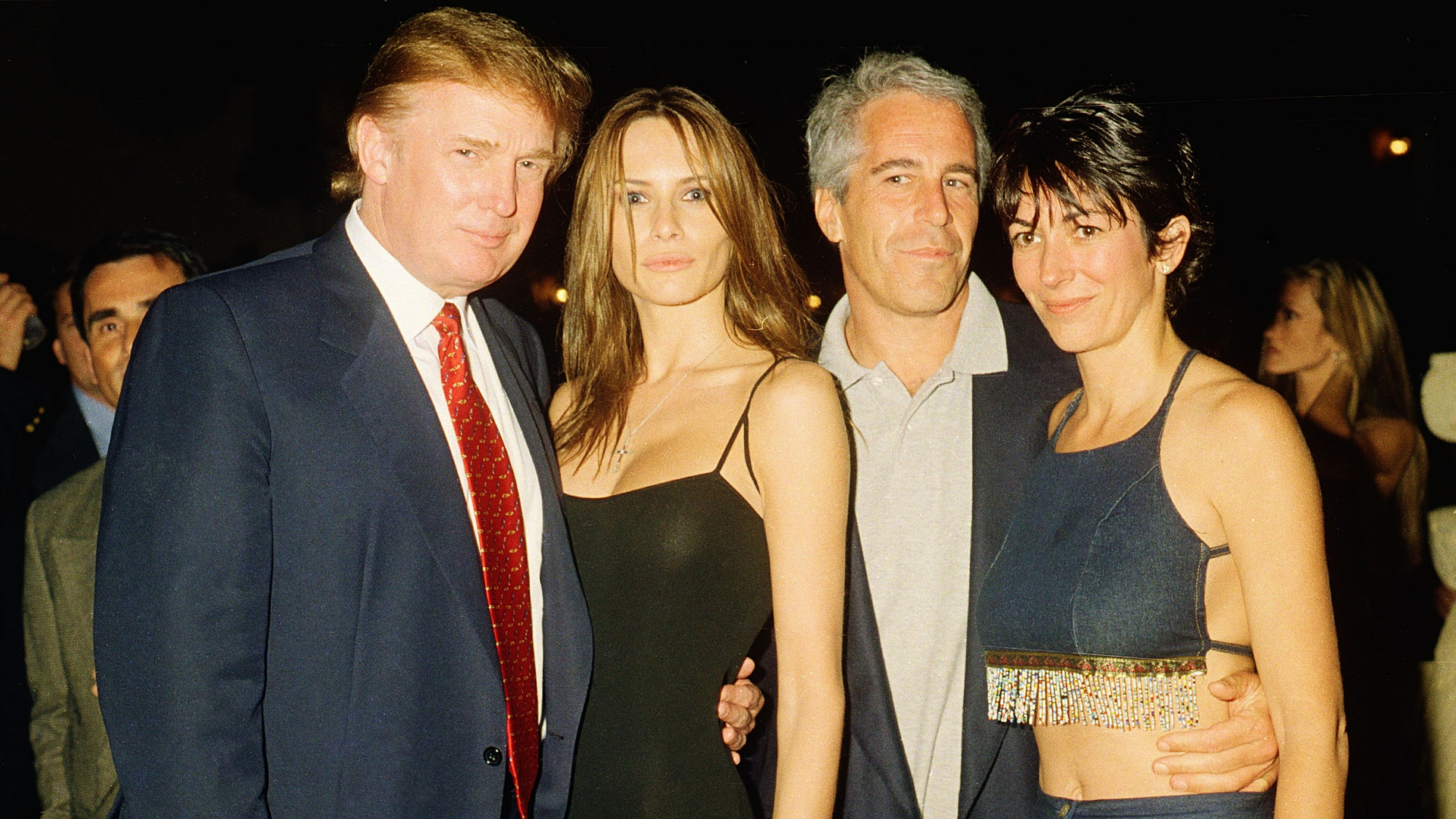 Ghislaine Maxwell: angling for a Trump pardon
Ghislaine Maxwell: angling for a Trump pardonTalking Point Convicted sex trafficker's testimony could shed new light on president's links to Jeffrey Epstein
-
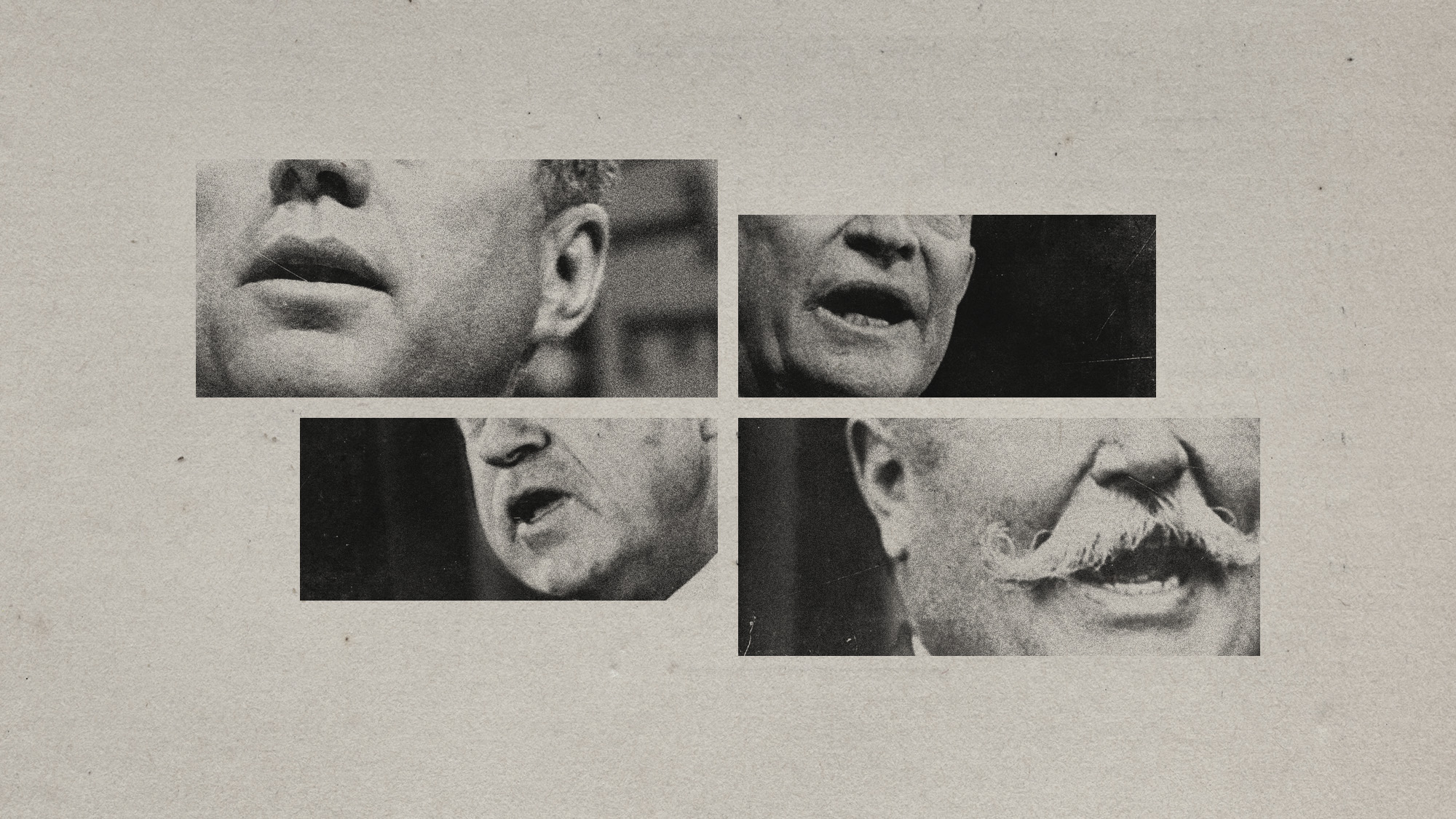 The last words and final moments of 40 presidents
The last words and final moments of 40 presidentsThe Explainer Some are eloquent quotes worthy of the holders of the highest office in the nation, and others... aren't
-
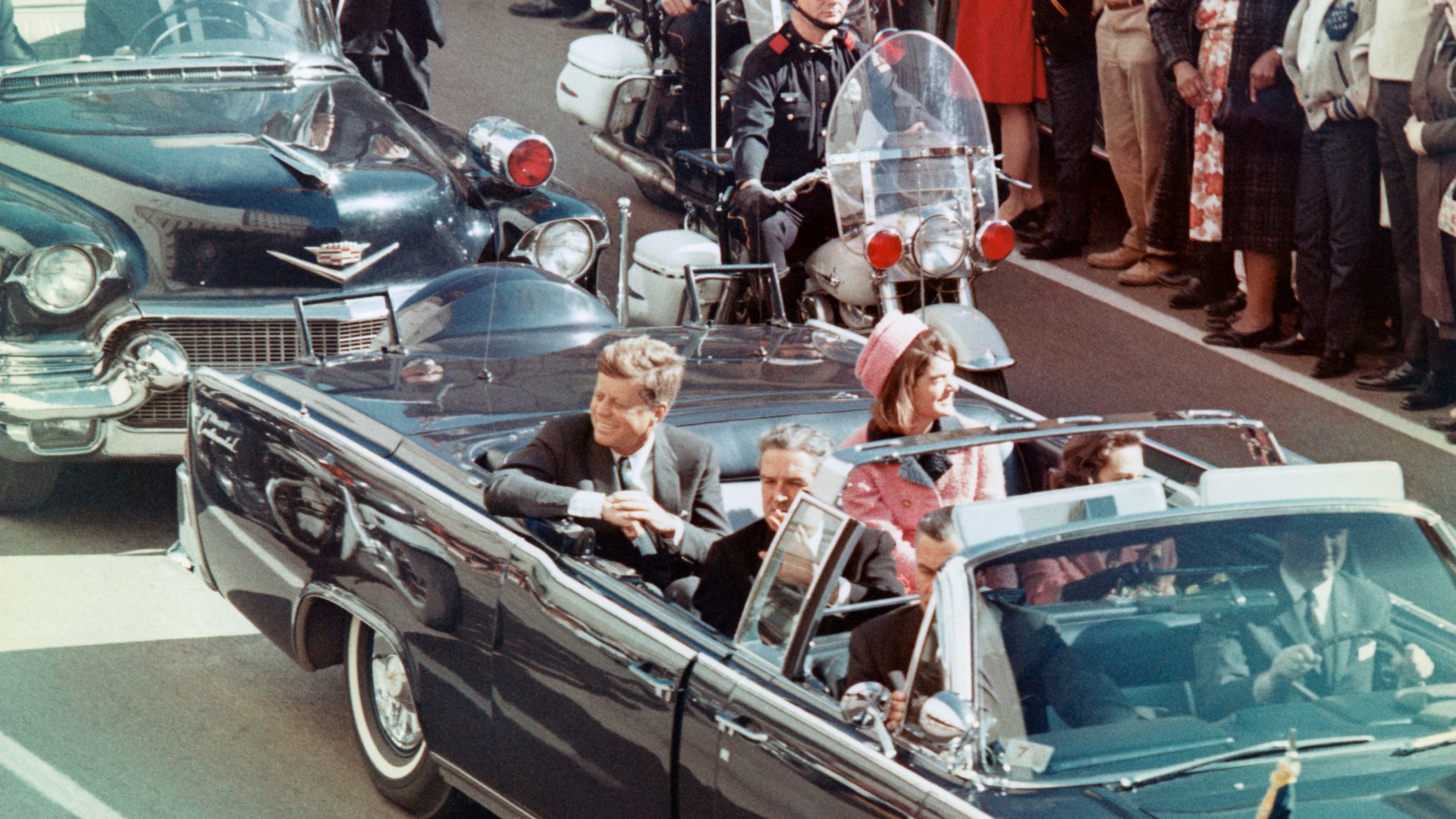 The JFK files: the truth at last?
The JFK files: the truth at last?In The Spotlight More than 64,000 previously classified documents relating the 1963 assassination of John F. Kennedy have been released by the Trump administration
-
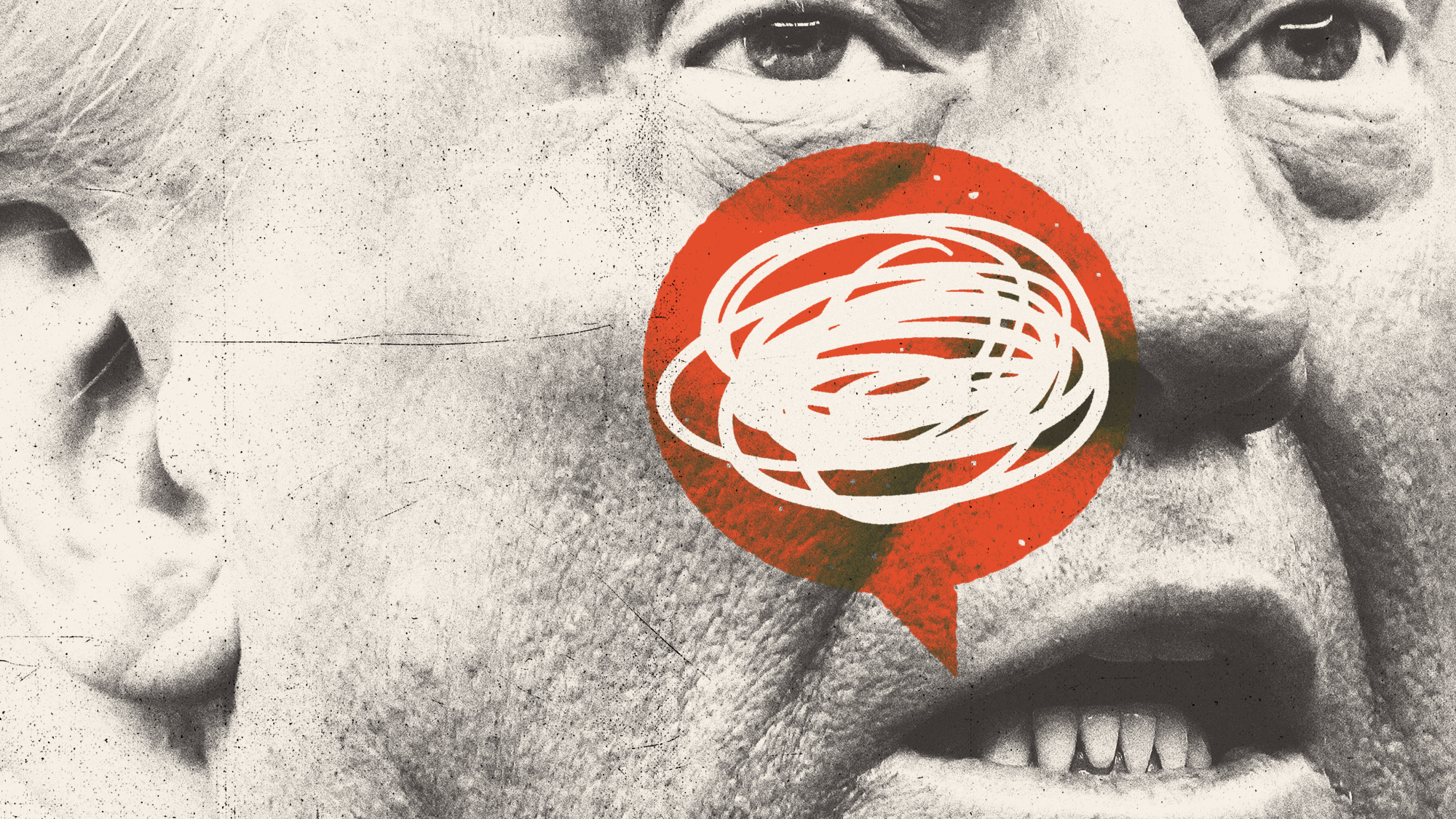 'Seriously, not literally': how should the world take Donald Trump?
'Seriously, not literally': how should the world take Donald Trump?Today's big question White House rhetoric and reality look likely to become increasingly blurred
-
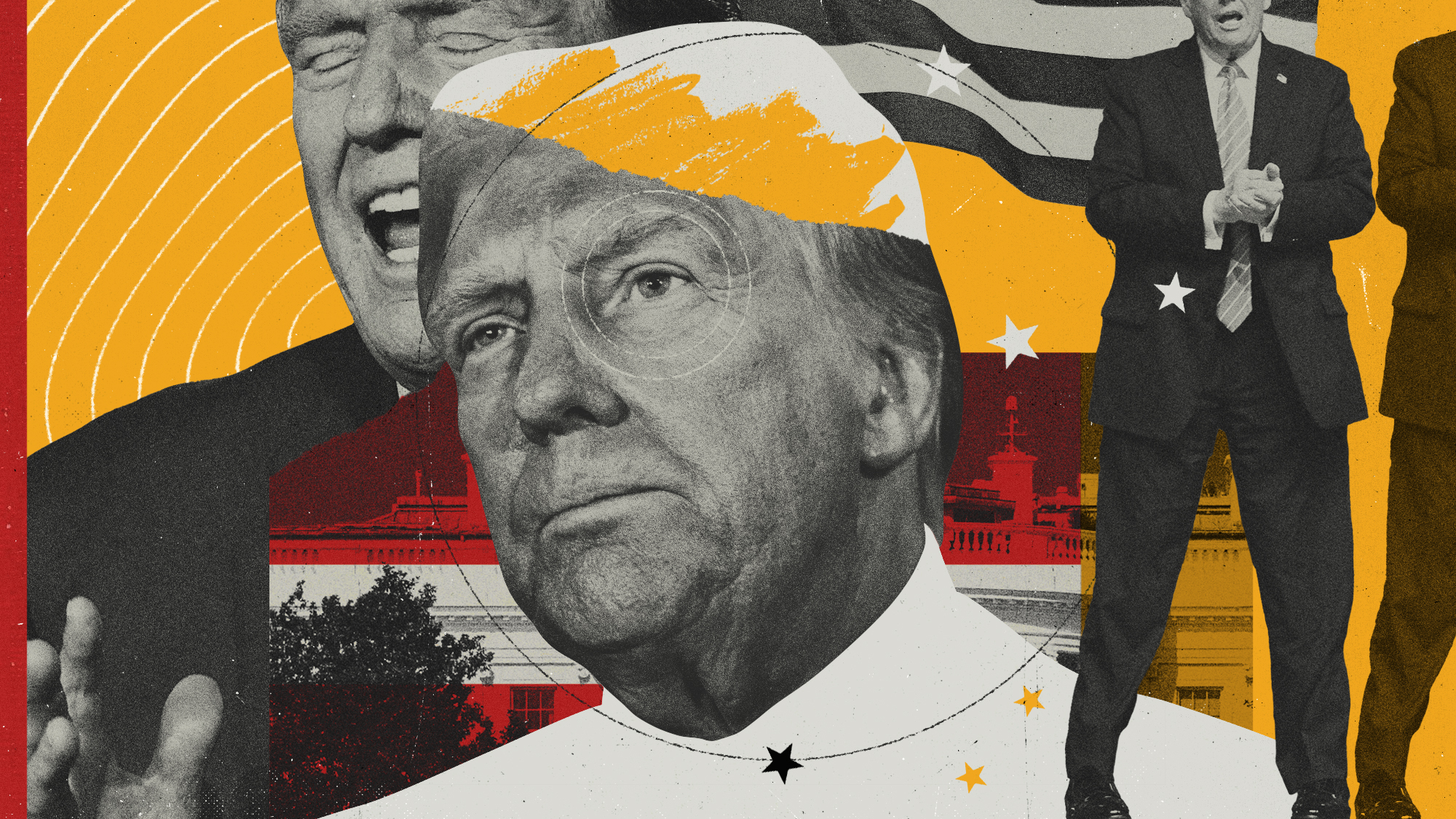 Will Trump's 'madman' strategy pay off?
Will Trump's 'madman' strategy pay off?Today's Big Question Incoming US president likes to seem unpredictable but, this time round, world leaders could be wise to his playbook
-
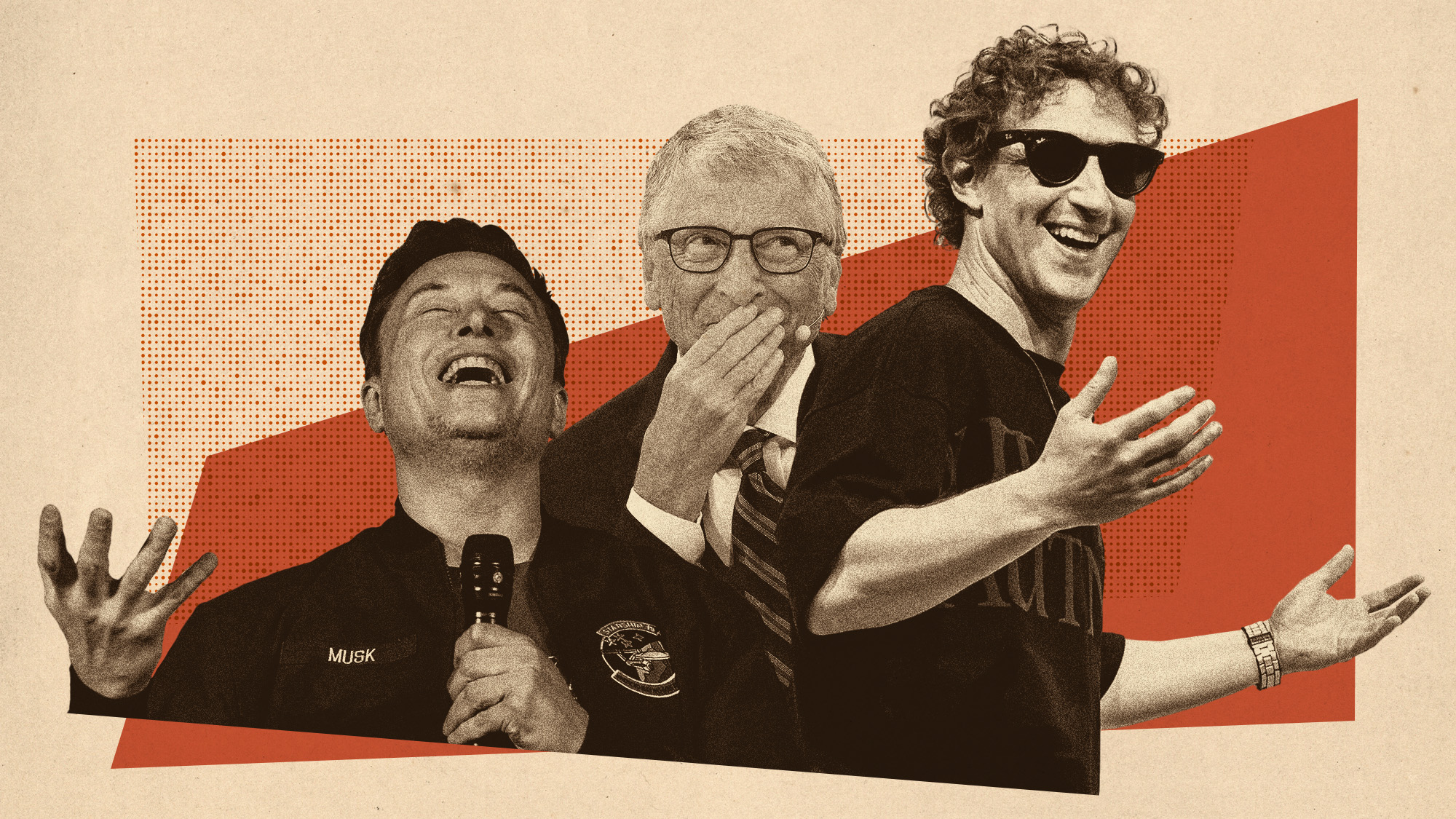 Democrats vs. Republicans: who are US billionaires backing?
Democrats vs. Republicans: who are US billionaires backing?The Explainer Younger tech titans join 'boys' club throwing money and support' behind President Trump, while older plutocrats quietly rebuke new administration